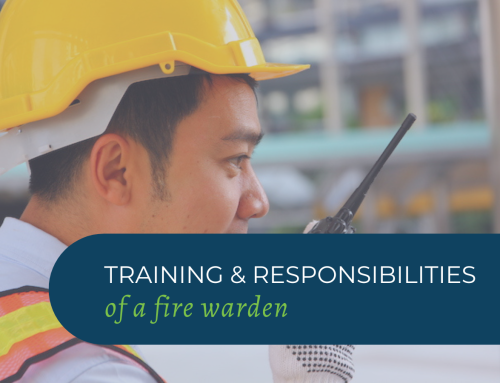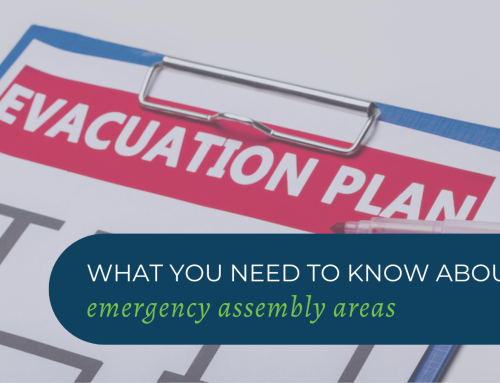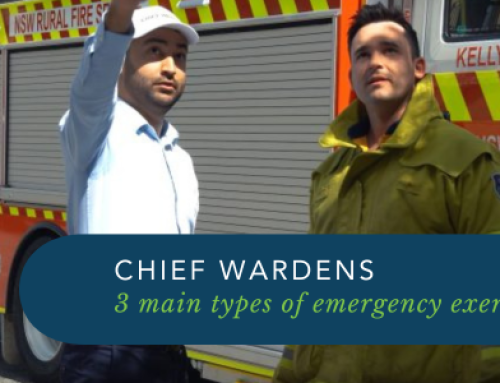Always call Triple Zero (000) for emergency assistance in Australia.
The following information is a GUIDE and not a substitute for proper AED training by an accredited organisation.
What is an AED?
An AED, or Automated External Defibrillator, is a portable medical device designed to treat sudden cardiac arrest (SCA). SCA occurs when the heart unexpectedly stops beating, often due to an irregular heart rhythm called ventricular fibrillation. The AED analyses the heart’s rhythm and, if appropriate, delivers an electrical shock to help the heart re-establish a normal rhythm.
Why are AEDs Important?
When used within the first 3-5minutes of a cardiac arrest, an AED increases survival rates by up to 70%. Statistically, for every minute that passes where an AED is not used, the chances of survival decrease by 10%.
Because AEDs are portable and simple to use, non-medical people are able to provide rapid assistance to the patient, while waiting for paramedics to arrive. This can greatly improve the chance of survival.
AEDs in Australia
In Australia, AEDs are becoming increasingly common in public spaces such as schools, sports venues, airports, and shopping centres. While there is no legislation mandating AEDs in all locations, various state-specific guidelines and recommendations encourage their placement to enhance public safety.
How to Use an AED
- Assess the Situation: Ensure the area is safe for both you and the victim. Check if the person is unresponsive and not breathing normally. Active chest compressions should already be happening whilst the AED is being obtained and made ready to use. Chest compressions must continue and should only stop as advised by the instruction from the AED or emergency first responders.
- Call for Help: Dial 000 and ask someone nearby to bring an AED if available.
- Turn on the AED: Open the AED case and turn on the device. Follow the voice prompts and visual instructions provided by the AED.
- Attach the Pads: Remove any clothing covering the person’s chest. Ensure the chest/skin is dry and you may have to consider shaving hair from the chest where the pads need to go to get good contact. Attach the AED pads to the bare chest as shown in the diagrams on the pads. One pad goes on the upper right side of the chest, and the other on the lower left side.
- Analyse the Heart Rhythm: Ensure no one is touching the person, then let the AED analyse the heart’s rhythm. The device will instruct you to stand clear while it does this.
- Deliver a Shock if Advised: If the AED determines a shock is appropriate, it will prompt you to press the shock button. Make sure no one is touching the person and press the button to deliver the shock. If oxygen is being used on the patient, ensure it is moved away from the patient or turned off before the shock is delivered.
- Perform CPR: After delivering the shock, or if no shock is advised, continue CPR (chest compressions and rescue breaths) immediately. Continue following the AED’s prompts until emergency responders arrive.
Legal Protections for AED Use in Australia
When using an AED in an emergency, it’s important to know the legal protections that support your actions. In Australia, individuals who provide emergency assistance with an AED are generally protected under Good Samaritan laws. These laws are designed to encourage people to help others in need without the fear of being sued, as long as they act reasonably and in good faith.
The Good Samaritan laws cover anyone who aids a person in cardiac distress, whether they are trained or untrained in AED use. This legal safety net means you can use an AED, as per the instruction given, without worrying about personal liability for unintended harm. The key condition is that the rescuer must act honestly and with the intent to help, following any instructions provided by the AED.
Training
While medical training is not required to use an AED, taking a CPR/AED training course is highly recommended to be better prepared.
Knowing how to use an AED can make a critical difference in an emergency situation. It’s always a good idea to familiarise yourself with the locations of AEDs in your community and workplace.
For more information on emergency response training and first aid training, contact us at Workplace Emergency Management, and we will be happy to help you be emergency ready.
GET IN TOUCH
Are you ready for peace of mind that your workforce is as safe and prepared as possible?
With a dedicated team of staff ready to help you meet compliance requirements and improve the overall safety of your workplace, all you need to do is get in touch.
Request your free audit today!



